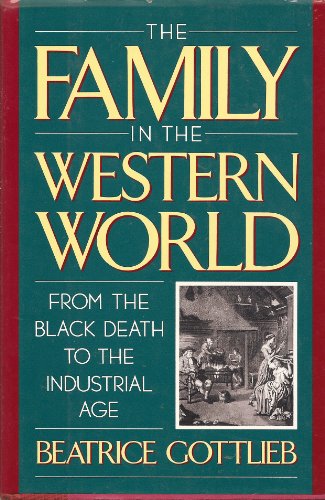Description
pp.309.
“Although the history of the family was long ignored by serious scholars, research has flourished in recent decades, and this new field of study has told us much more than we knew even thirty years ago. In the process, many myths about what life was like two or three centuries ago have been debunked. For example, contrary to popular belief, we now know that most women in the preindustrial West did not marry before they were twenty-five. Most households consisted of no more than four or five people, usually including unrelated young people working as servants. And perhaps most surprising of all, multi-generational households were not very common. This timely synthesis of a vast and complex literature makes accessible to general readers the story of the family in the preindustrial Western world. Pulling together much fascinating information, Beatrice Gottlieb presents every aspect of a rich subject with clarity and fairness. Her generously illustrated book deals with the households of the wealthy and the poor, courtship and marriage, the care and training of children, and the bonds (and strains) of kinship. The matter of inheritance receives special attention, as it played a substantial role in a world permeated by rank and status, and its importance gave the family a peculiar social and economic significance. The book also deals with ideas about the family and the values it embodied. As Gottlieb says, “What you and I usually mean when we say ‘family’ is something that comes to us from the nineteenth century, not from time immemorial.” She makes the point that the so-called traditional world before the Industrial Revolution was awash in traditions that collided with each other. Marriage, for example, appeared to many as natural and inevitable, to others as burdensome and repellant. And while both medical and religious authorities always strongly advised mothers to nurse their children, upper-class women almost never did, instead using lower-class wet nurses. The famous people and events of history make brief walk-on appearances in this book: Henry VIII’s divorce, Louis XIV’s mistresses, Benjamin Franklin’s apprenticeship to his brother, Mary Wollstonecraft’s death in childbirth. But the author’s emphasis is on the more ordinary people, whose everyday lives strike a responsive chord in all of us. This remarkable, eminently readable work brings to vivid life the wives and husbands, servants and masters, children and parents of a not too distant past.”






